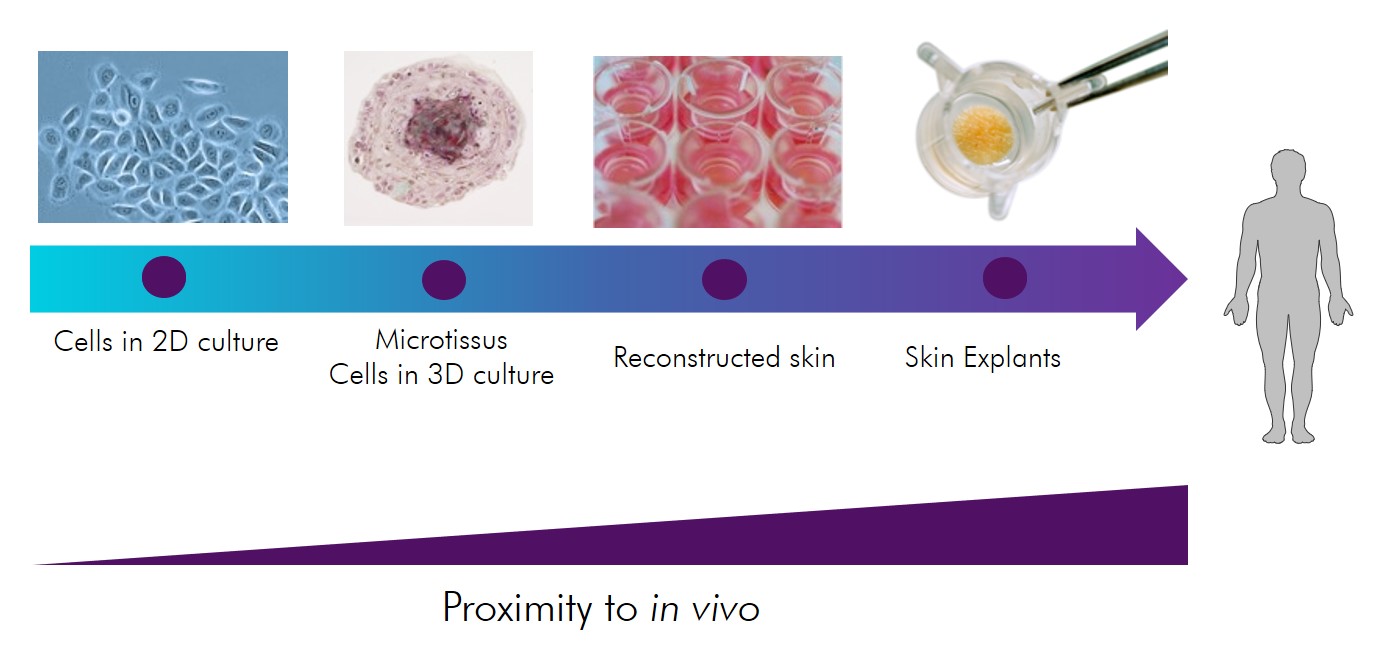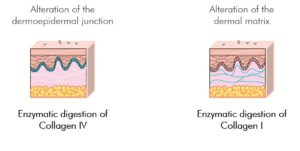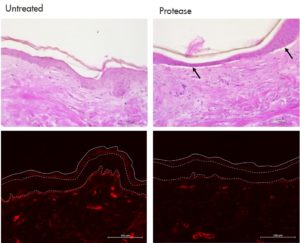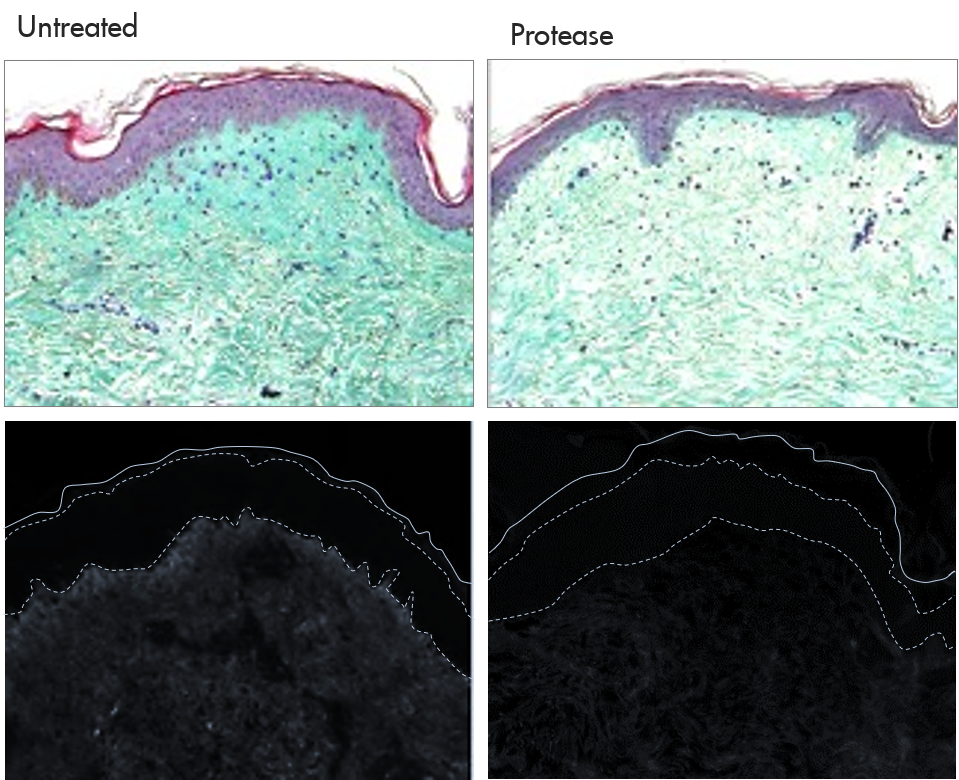New models of ageing – preclinical studies
Syntivia attended the 2020 virtual 7th edition of Anti-ageing skin care conference (3 – 5 November 2020), to present its latest developments in skin models of ageing on explants. In our presentation entitled “From petri dish to pre-clinical for predicting clinical results”, we presented our preliminary results on two new models of ageing in which we target specifically skin compartments: Dermo-Epidermal Junction (DEJ) and Dermis. These models will make it possible to evaluate tomorrow’s cosmetic ingredients and formulas in order to define new anti-ageing strategies.

From cell culture to skin explant, the research in cosmetic and dermatology research has a constant need for innovation.
The aim of pre-clinical studies is to identify the active ingredients and cosmetic products with an activity on the skin, to find their biological mode of action but also to optimise and anticipate results during clinical studies.
Our aim has been to develop the most suitable skin models to be able to demonstrate anti-ageing claims in order to identify new active compounds and formulas.
Two new models of ageing

From cell culture to skin explant, the research in cosmetic and dermatology research has a constant need for innovation.
Skin explants obtained from plastic surgery biopsies are exposed to proteases. These will specifically target the main collagen of the DEJ or Dermis, respectively Collagen IV and Collagen I. The skin explants are then kept alive to allow treatments in the presence of cosmetic or dermatological formulas.
ALTERED DEJ MODEL

Hematoxylin and eosin coloration and specific labelling of Collagen IV in untreated skin (left) and skin expose to protease (right)
A destructuring of the basal lamina is visible which leads to a weakening of the DEJ and a partial separation of the epidermis and dermis.
The marking of Collagen IV significantly decreases in the DEJ. The aim is to obtain a partial digestion which will allow us to quantify the reverse effect.
ALTERED DERMIS MODEL

Masson trichrome coloration and specific IHC labelling of Collagen I in untreated skin (left) and skin expose to protease (right)
The coloration and the specific labelling demonstrate a decrease of Collagen I density in the skin. We obtained a premature ageing that can be used to test new anti-ageing compounds.
To anticipate clinical studies
These new models of ageing allow better design of clinical studies and increase the chances of positive results.They also provide valuable clues about the biological functioning of the products tested in the skin in depth.
Several products under development have been tested on these models and allow the induced ageing to be reversed.
We are currently pursuing our research on these models. If you want additional information or if you want to test your products in development, please do not hesitate to contact us.
